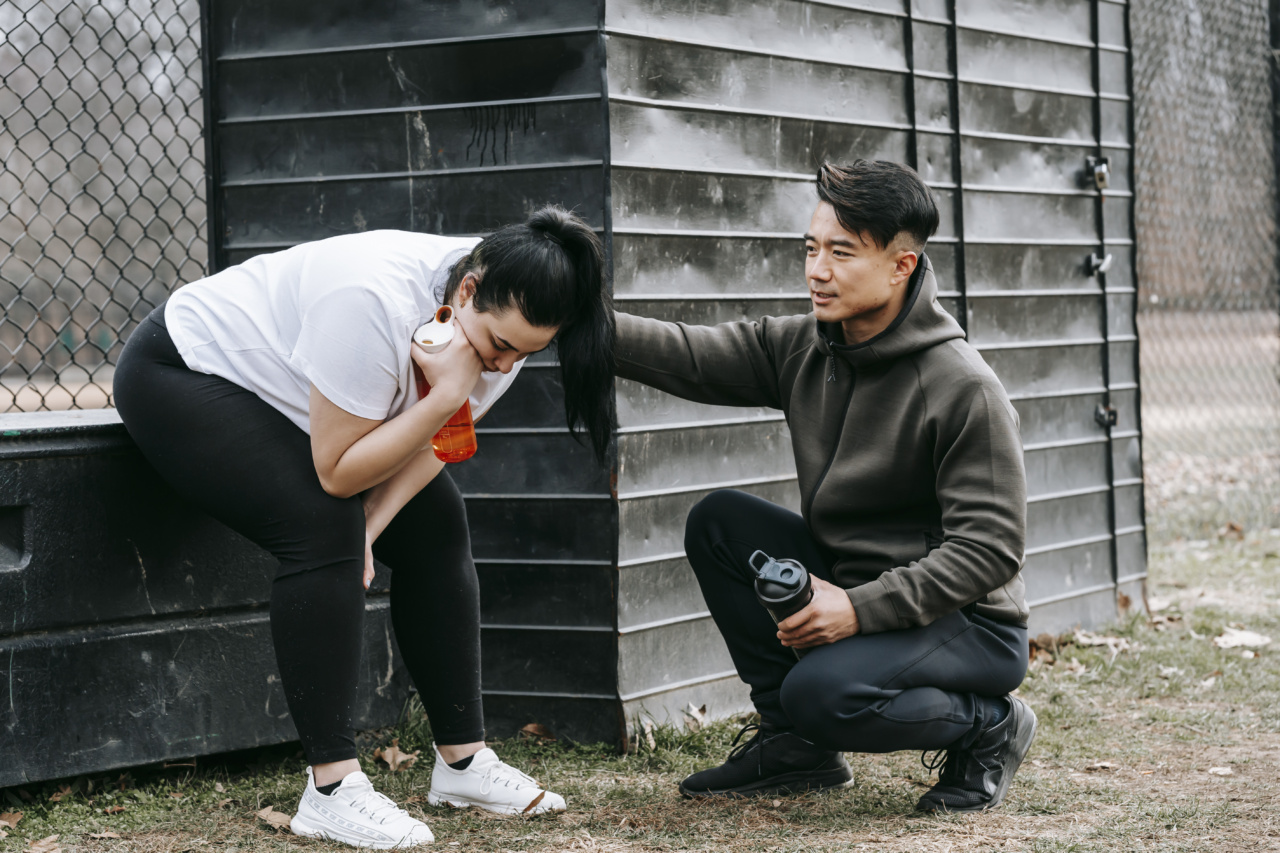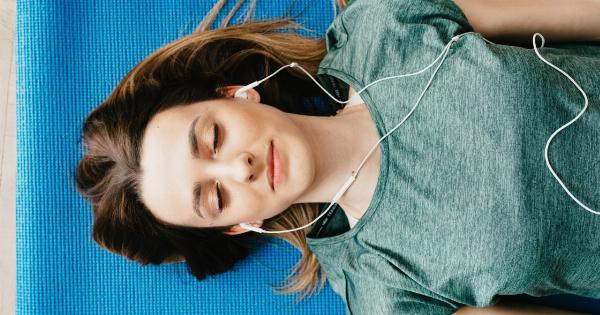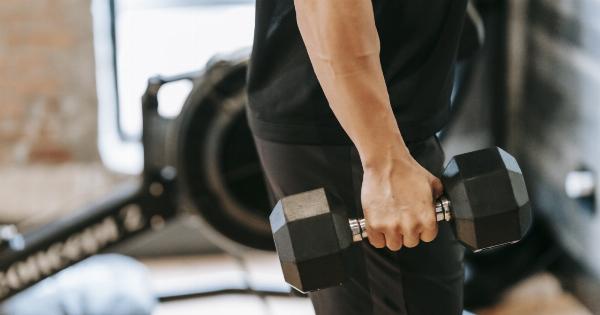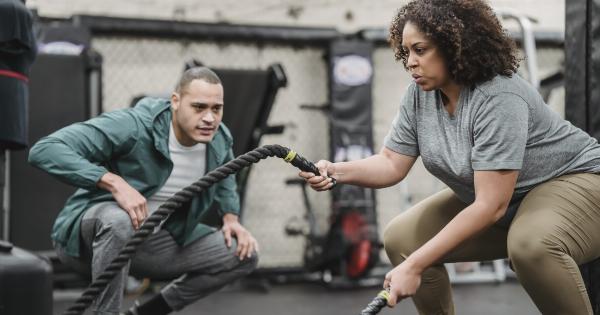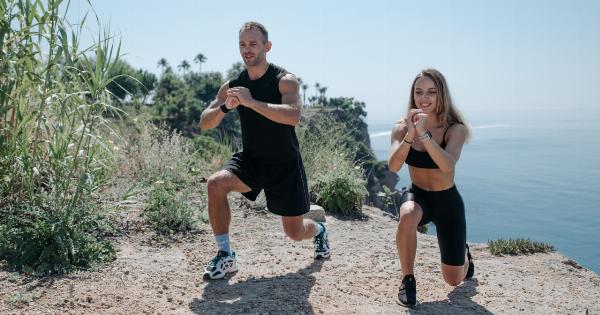Bladder control issues can be a common problem for many individuals, particularly as they age. Weak bladder muscles and loss of control can lead to embarrassing accidents and a decrease in quality of life.
However, with the right exercises and techniques, it is possible to strengthen your bladder and regain control. In this article, we will explore a variety of effective exercises that can help you strengthen your bladder control.
1. Kegel Exercises
Kegel exercises are often recommended to strengthen the pelvic floor muscles, which play a crucial role in bladder control. These exercises involve contracting and relaxing the muscles that control the flow of urine. To perform Kegel exercises:.
- Locate the pelvic floor muscles by stopping the flow of urine midstream. Note the muscles that you used to do this.
- Sit, stand, or lie down comfortably and squeeze the pelvic floor muscles for a count of three.
- Release the muscles and rest for a count of three.
- Repeat the exercise for a total of 10 repetitions, three times a day.
- As your muscles strengthen, increase the duration of the squeeze and the number of repetitions.
Kegel exercises can be done discreetly without anyone noticing, making them an excellent choice for strengthening bladder control.
2. Pilates
Pilates is a low-impact exercise method that focuses on core strength, including the pelvic floor muscles. Regular practice of Pilates can improve bladder control by strengthening the muscles that support the bladder.
Some effective Pilates exercises for bladder control include:.
- Supine Pelvic Tilts: Lie on your back with your knees bent. Inhale to prepare, then exhale as you tilt your pelvis up towards your belly button, engaging the pelvic floor muscles. Hold for a few seconds and then release.
- Bridge: Start by lying on your back with your knees bent. Inhale to prepare, then exhale as you lift your pelvis off the ground, creating a straight line from your knees to your shoulders. Engage the pelvic floor muscles while in this position. Hold for a few seconds and then release.
- Leg Circles: Lie on your back with your legs extended. Circle one leg clockwise for 10 repetitions, then switch directions. Repeat with the other leg.
Regular practice of Pilates can help improve overall core strength and stability, leading to better bladder control.
3. Squats
Squats are a great exercise for strengthening the lower body, including the pelvic floor muscles. To perform a squat:.
- Stand with your feet shoulder-width apart.
- Lower your body as if you are sitting back into a chair, keeping your heels on the ground.
- Engage your pelvic floor muscles as you push through your heels to return to a standing position.
- Repeat for a total of 10 repetitions, three times a day.
Adding squats to your exercise routine can help strengthen the muscles that support the bladder and improve control.
4. Yoga
Yoga is a holistic exercise practice that benefits both the body and mind. Certain yoga poses can be particularly effective for strengthening the pelvic floor and improving bladder control. Some helpful yoga poses include:.
- Mountain Pose (Tadasana): Stand tall with your feet together and arms at your sides. Engage your pelvic floor muscles and hold for a count of three.
- Bridge Pose (Setu Bandhasana): Lie on your back with your knees bent and feet flat on the ground. Lift your pelvis off the ground, engaging the pelvic floor muscles. Hold for a few seconds and then release.
- Chair Pose (Utkatasana): Stand with your feet together and arms extended overhead. Lower your body as if sitting back into a chair, engaging the pelvic floor muscles. Hold for a few seconds and then release.
Regular practice of yoga can improve overall body awareness and strengthen the pelvic floor muscles, helping to improve bladder control.
5. Aerobic Exercises
Aerobic exercises, such as walking, jogging, or swimming, can also contribute to strengthening bladder control. These exercises increase overall fitness levels and promote healthy circulation, which can benefit bladder function.
Aim for at least 30 minutes of aerobic exercise most days of the week to reap the bladder-strengthening benefits.
6. Water Sports
Participating in water sports can be an excellent way to strengthen bladder control. The resistance provided by the water can help strengthen the pelvic floor muscles.
Consider activities such as swimming, water aerobics, or even water polo to improve bladder control while enjoying the benefits of being in the water.
7. Breathing Exercises
Deep breathing exercises can help strengthen the pelvic floor muscles and improve bladder control. To perform a simple breathing exercise:.
- Sit or lie down in a comfortable position.
- Breathe in deeply through your nose, focusing on expanding your abdomen.
- Exhale slowly through your mouth, pulling your abdominal muscles in towards your spine.
- Repeat for a few minutes, focusing on engaging the pelvic floor muscles as you exhale.
Breathing exercises are a relaxing way to strengthen the pelvic floor muscles and improve bladder control.
8. Biofeedback
Biofeedback is a technique that can assist in strengthening bladder control by providing feedback on the effectiveness of your pelvic floor muscle contractions. It involves using sensors to monitor muscle activity and displaying the results on a screen.
By visualizing your muscle contractions, you can learn how to control and strengthen them effectively.
9. Weighted Exercises
Using weighted objects, such as resistance balls or barbells, during exercises can add an extra challenge and help strengthen the bladder muscles. For example:.
- Heel Slides: Lie on your back with your knees bent and feet flat on the floor. Place a small resistance ball between your knees, squeeze it, and slowly slide one heel away from your body. Bring it back in, and repeat with the other leg.
- Modified Plank: Start in a modified plank position with your knees on the ground. Hold a light barbell in your hands and engage your pelvic floor muscles while maintaining a straight line from your head to your knees.
Weighted exercises can provide an additional challenge to your bladder muscles, helping to strengthen them more effectively.
10. Seek Professional Advice
If you are struggling with bladder control issues, it is essential to consult with a healthcare professional.
They can offer guidance tailored to your specific needs and recommend additional exercises or therapies that can help improve your bladder control. Don’t hesitate to seek professional advice and support in managing this issue.
